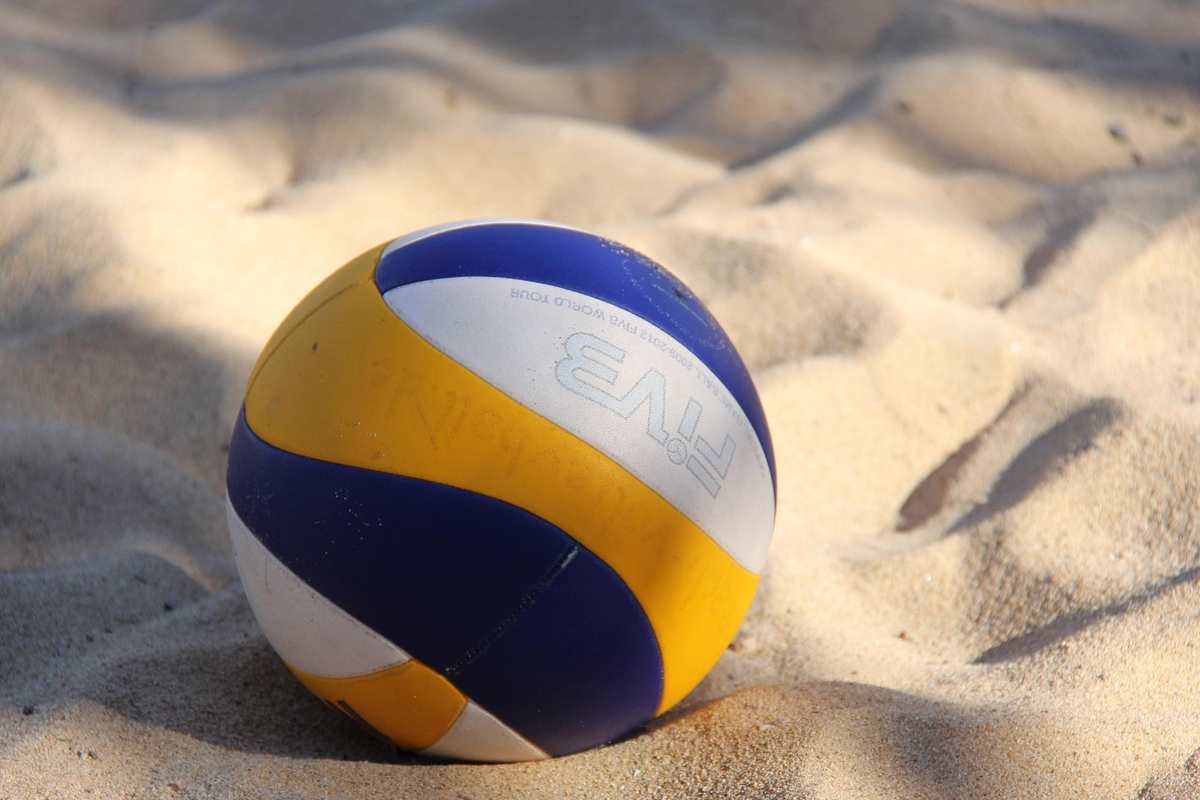If you’ve ever walked on the beach and then tried to play volleyball there, you might’ve noticed something feels off. It’s hard to move, the sand gets way too hot, and you keep slipping around. But then you watch a beach volleyball match on TV, and it looks totally different. The players move fast, the ball bounces right, and no one looks like they’re sinking into the ground. That’s because they’re not playing on regular beach sand. They’re playing on volleyball sand—and it’s actually pretty special.
Table of Contents
Why Regular Beach Sand Doesn’t Work Well
At first, it might seem like all sand is the same. But it’s really not. The sand you find at most beaches isn’t made for sports. It’s usually full of fine dust and super tiny particles that stick to your skin. That dust makes the surface uneven and slippery. On top of that, beach sand often clumps together and holds onto water, which can make it hard and packed down after rain.
And let’s not forget the heat. Regular sand can get super hot in the sun. If you’ve ever sprinted across the beach barefoot, you know it can feel like walking on fire.
Now imagine trying to dive, slide, and jump in that. No thanks.
What Volleyball Sand Does Better
Volleyball sand is made specifically for playing the game. It’s cleaner, softer, and doesn’t turn into a giant oven under the sun. One of the biggest differences is that volleyball sand is washed to remove all the dust and dirt. That makes it way easier on your skin and eyes, especially when diving or sliding.
Also, the particles in volleyball sand are more rounded and uniform in size. That might sound like a small thing, but it really matters. It helps the sand stay loose and airy, so your feet don’t get stuck when you’re moving. That means you can jump higher and run faster without sinking in.
The cool part is that there are places that specialize in this kind of sand. If someone’s building a serious court or trying to upgrade their game space, they can look into trusted sources that provide volleyball sand that meets pro-level standards.
It’s All About Safety and Performance
Playing on the wrong surface doesn’t just mess up your game—it can actually cause injuries. Regular beach sand can be too compact in some spots and too soft in others. That makes players twist their ankles or fall the wrong way. Volleyball sand is designed to be consistent across the whole court. So no matter where you land, it feels the same.
And remember that burning-hot sand? Volleyball sand usually comes in lighter colors that reflect sunlight instead of soaking it up. That helps keep it cooler during summer matches, which is way better for your feet.
Also, because it doesn’t clump up or turn to mud when it rains, volleyball sand drains better. That means fewer canceled games and more time playing.
How It’s Made and Tested
You can’t just scoop up some sand and call it volleyball-ready. Good volleyball sand is tested to meet certain standards. The grain size has to be just right—too big and it hurts, too small and it gets dusty. The sand is usually made from crushed quartz, which is a really strong and clean type of rock.
It also gets sifted to make sure there are no shells, rocks, or sharp pieces. Nobody wants to dive for a ball and end up with a cut on their leg.
Some companies even test how the sand feels when you run or fall on it. That might sound a little extra, but it’s important when the whole game depends on quick movement and clean plays.
Where You’ll See It
You’ll find pro-level volleyball sand in tournaments like the Olympics or big beach volleyball championships. But it’s also showing up in parks, rec centers, and even backyards. People are starting to realize that good sand makes a huge difference—even for casual games.
Schools and training programs use it too. They want their players to get used to real playing conditions and avoid injuries while they train. Plus, it just makes the game more fun when the court feels great.
Why This All Matters
Volleyball sand might not seem like a big deal until you actually play on it. Once you do, it’s hard to go back. The game feels faster, smoother, and way more comfortable. Whether you’re playing for fun or taking it seriously, having the right surface changes everything.
You wouldn’t play soccer on a rocky field or basketball on uneven concrete. So why play volleyball on sand that wasn’t made for it?
The Main Takeaway
Not all sand is the same, and volleyball sand proves it. From how it feels under your feet to how it affects your game, the right sand makes a big difference. It’s cleaner, cooler, and safer—built to help players move better and avoid injury.
If you’re ever building a court or just wondering why pro games look so smooth, now you know: it’s all in the sand.

